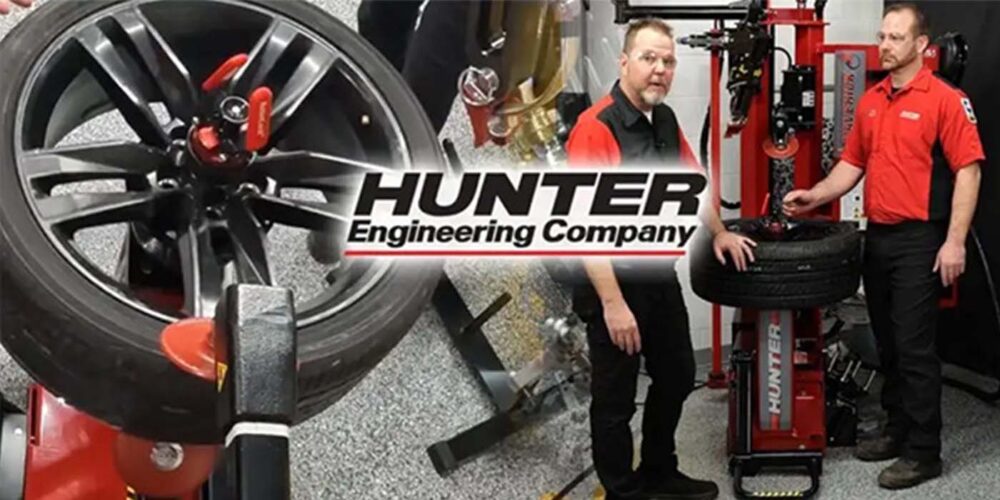As we head into spring, temperatures are getting warmer. You know what they say: April showers bring May flowers… but they also bring customers asking for tire changeovers. In this Tire Review Continental Tire Garage Studio video, we talk about some ways you can be prepared for those customers.
When temperatures are consistently above 45 degrees Fahrenheit, you’ll want to be sure your customers with winter tires change back to their all-season or summer tires to gain maximum traction in all seasons. This is called the spring tire changeover—basically taking one set of tires and changing it for another on the same set of wheels.
This is not to be confused with a tire change, or tire swap, which is when you exchange you exchange one type of wheel assembly for another. For example, changing a tire winter and wheel assembly and installing the summer one on your customer’s vehicle. These might have different price points at your shop, but regardless, make sure you retorque your customer’s tires after about 60 miles in both scenarios.
When doing a tire changeover, you as a tire dealer are responsible for the customer’s safety when installing their new set of tires or wheel assemblies. So, before doing this, it’s a good idea to inspect both the tire and wheel.
- Check the tread depths of each tire to be sure they’ll last the customer the whole season.
- Next, check the age of your customer’s tires. Tires are more susceptible to cracks, or dry rot, six years after purchase and should be replaced if there are any signs of cracking. You can find the year the tire was produced on the sidewall with the last 4 numbers of the DOT stamp. The last two numbers will indicate the year of production.
- Next, inspect the sidewall and tread for punctures before the tires are mounted. If there is a puncture in the tread, you should definitely patch it for the customer. On the interior and exterior of the sidewall, look for chunks, gouges, bubbles, or cuts.
Finding these issues early will allow your customer to get them repaired when they take their car to you for their changeover. This saves them a trip to your shop and lets them know that their trusted local, independent tire dealer is watching out for their safety.
Lastly, you can’t talk about tire changes or tire changeovers without talking about TPMS. Get stocked with a full line of TPMS sensors and service kits. Tire industry associations and vehicle manufacturers recommend that you install a new service kit each time a tire is removed from the wheel.
Don’t forget to follow us on Instagram and Facebook and subscribe to our YouTube channel for more tire, service and shop operations videos.













